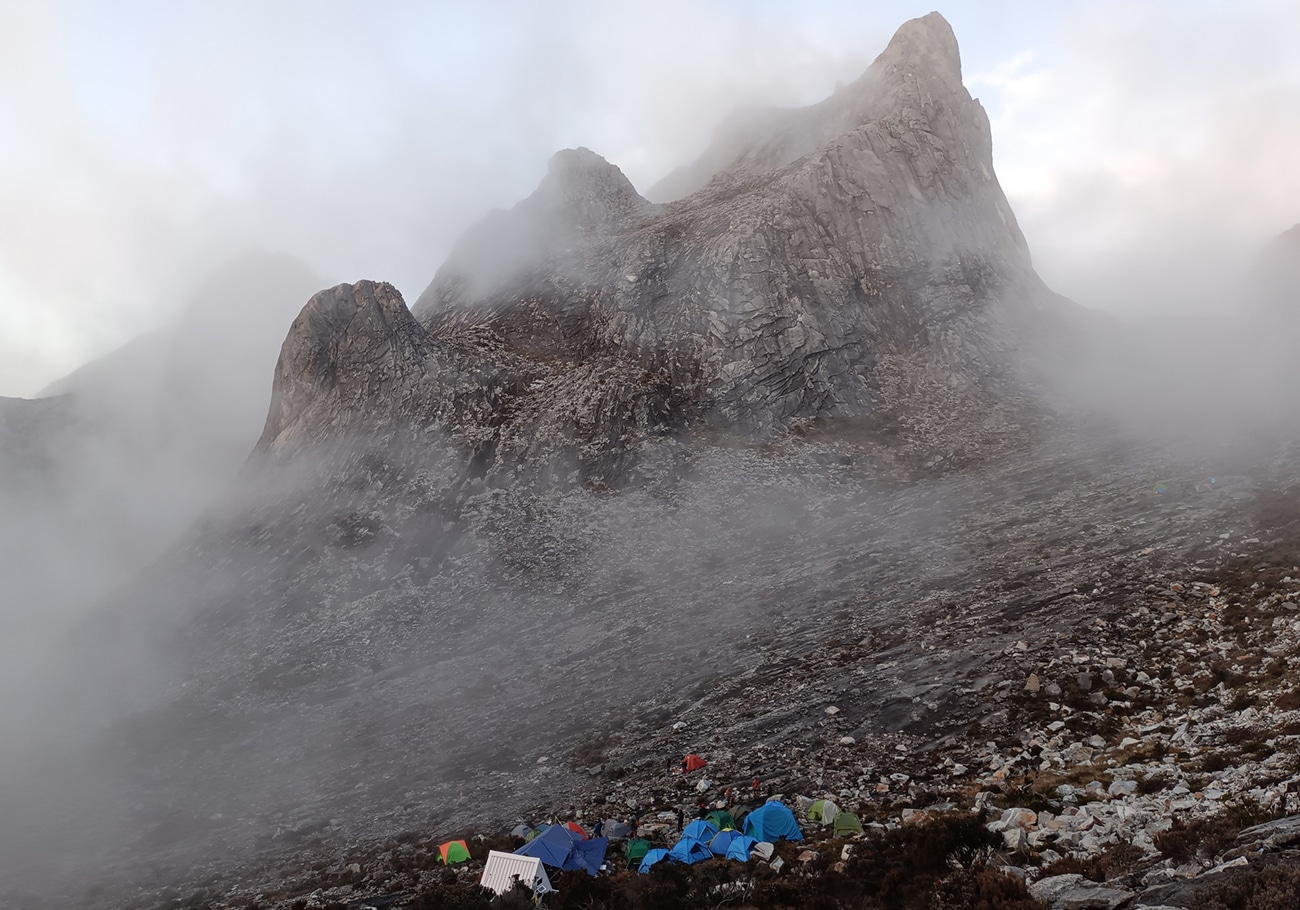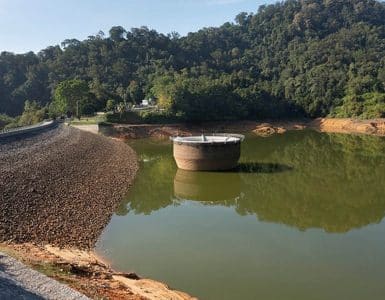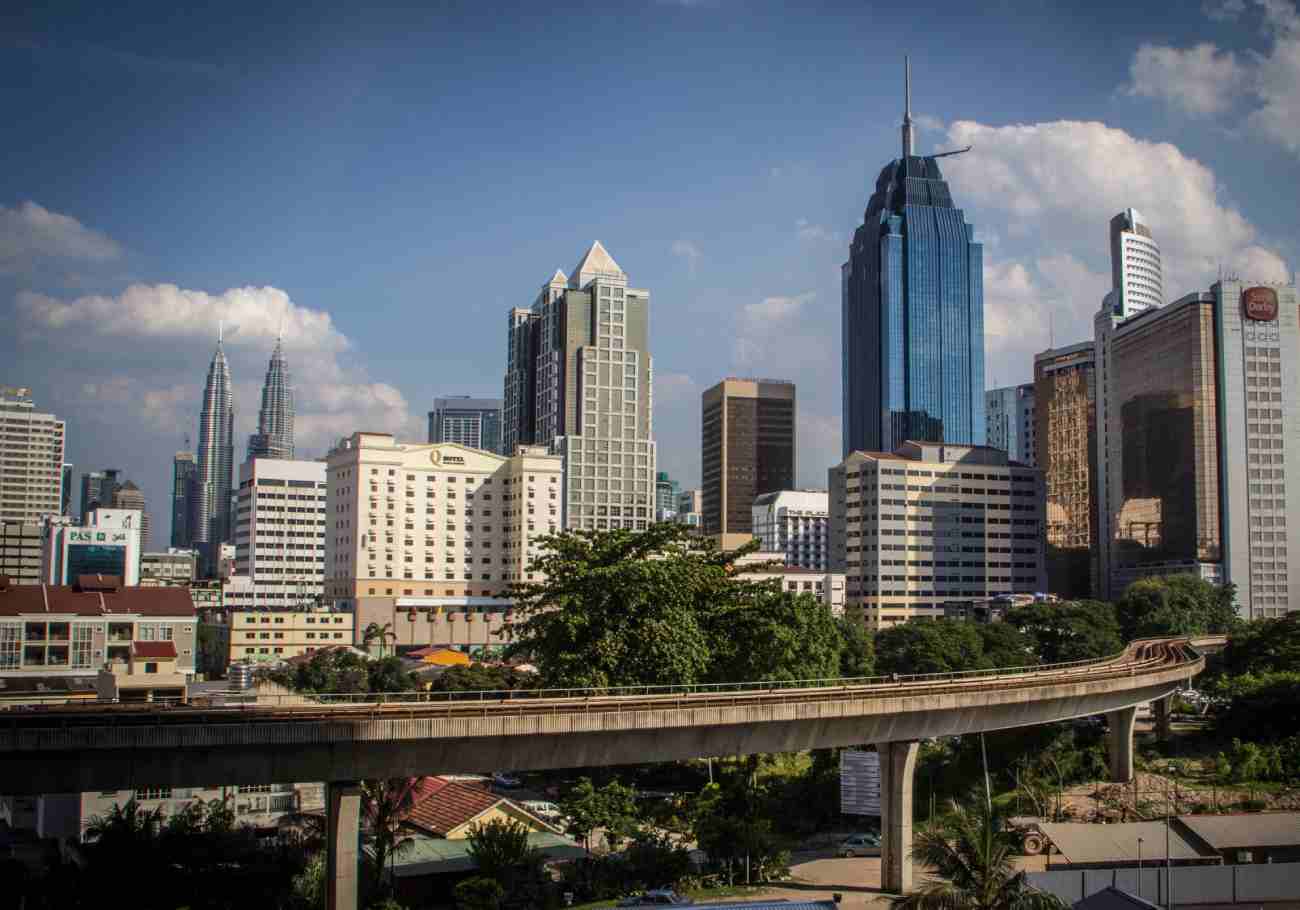
The peak area of Mount Kinabalu has recorded temperatures below freezing levels. with temperature readings ranging from -3 to -5 degrees Celsius on the morning of April 8, 2023, according to information shared by Sabah Parks staff on Facebook.
The low temperature was recorded between 2:30 a.m. and 7 a.m., and it caused water on the surface of rocks or wood to freeze up and form pieces, crystals, or ice flakes starting from the Sub Station Panalaban area of Kinabalu Park up to the peak of the mountain.
Sabah Parks staff shared that climbers should be careful while carrying out climbing and descent activities due to the slippery surface caused by the icing.
“So far, climbing activities have been smooth and controlled. No emergencies or accidents have been reported,” it added.

The formation of ice at the peak of Kinabalu is not a new phenomenon, in fact, it is often reported to occur almost every year, especially during the dry season, particularly at the beginning of the year.
Last February, several climbers on the 4,095-metre-high mountain also shared their discovery of ice flakes in the peak area due to the temperature reaching freezing levels.
Sabah Parks included several pictures on its Facebook page showing the formation of ice around the peak area of Mount Kinabalu on April 8.

The freezing temperatures at Mount Kinabalu could cause a problem for climbers who are not prepared for the cold weather conditions. Acute mountain sickness (AMS) is known to occur more easily in cold weather conditions. Climbers who experience symptoms such as headaches, nausea, and dizziness should descend the mountain immediately.
Sabah Parks has reminded climbers to be careful while carrying out climbing and descent activities at Mount Kinabalu due to the slippery surface caused by the icing. The formation of ice at the peak of Kinabalu is not new and is expected during the dry season. Climbers are reminded to prepare for the cold weather conditions and to descend immediately if they experience symptoms of AMS.











